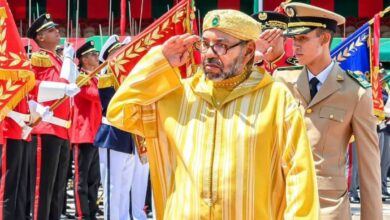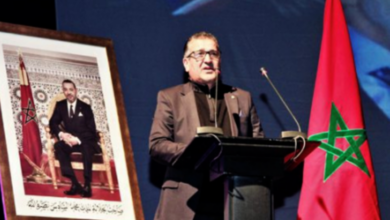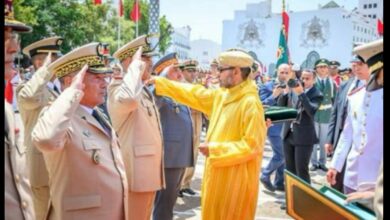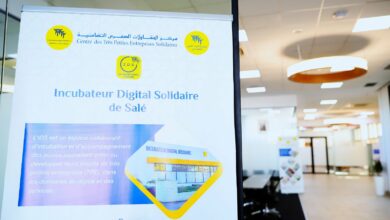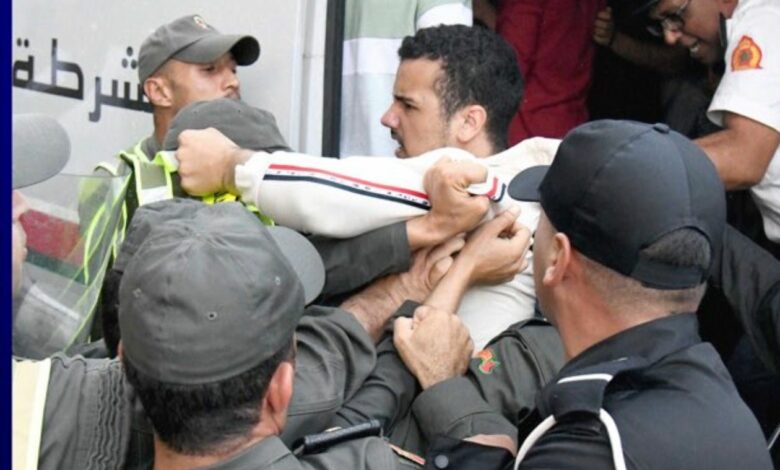
ALDAR/ Sara El Oukili
Since yesterday, several Moroccan cities have witnessed scattered protests, mostly peaceful in nature, where demonstrators raised slogans calling for better living conditions and the guarantee of the right to health and education. At the same time, there were limited attempts at sliding into violence or exploiting popular anger for political gain. This complex scene places the state before a delicate equation: safeguarding stability on the one hand, while responding to legitimate demands on the other—within a social and economic context that numbers confirm more than slogans.
Available data shows that the protesters’ demands are rooted in tangible realities. According to the World Health Organization, the number of healthcare providers in Morocco stands at only 7.7 per 10,000 inhabitants—far below recommended standards—while hospital bed availability is just 0.7 per 1,000 inhabitants, compared to a global average of 3.3. Moreover, about 74 percent of deaths are attributed to non-communicable diseases such as cancer and cardiovascular conditions, underscoring the urgent need to strengthen the healthcare system and improve both preventive and therapeutic capacity.
In education, despite Morocco allocating around 6 percent of its GDP to the sector in 2023—surpassing the global average—this investment has not prevented structural challenges, particularly in the quality of education and the persistence of school dropouts. Secondary school enrollment stands at roughly 89 percent, with stark disparities between urban and rural areas.
The economic situation has also formed a pressing backdrop to these demonstrations. Inflation rose sharply in 2023, peaking at over 6 percent, before easing to 0.4 percent by mid-2025. Still, price fluctuations and the rising cost of living continue to weigh heavily on Moroccan households, especially in major cities. Although international financial institutions project Morocco’s economy to grow by around 3.6 percent in 2025, these indicators have yet to translate into tangible improvements for large segments of the population. The Multidimensional Poverty Index shows that approximately 6.4 percent of Moroccans live in actual poverty, while nearly 11 percent are vulnerable to it—evidence of deeply rooted social fragility.
Against this backdrop, the current protests appear to be more than a passing movement; they are a reflection of a social reality that compels policymakers to devise concrete, measurable solutions—gradual reforms in healthcare and education, along with practical measures to ease the cost of living. At the same time, it is essential to distinguish between peaceful protesters expressing legitimate demands and a minority that may resort to violence or seek to politically capitalize on the unrest. The ability to make this distinction will determine whether Morocco can contain public anger through effective institutional channels, or whether it risks entering yet another cycle of tension between the street and the state.


